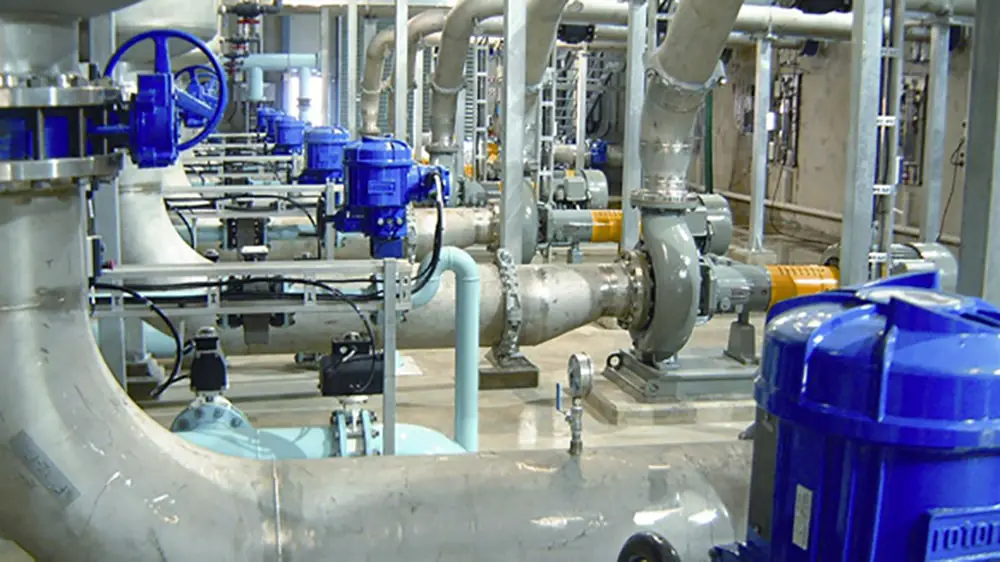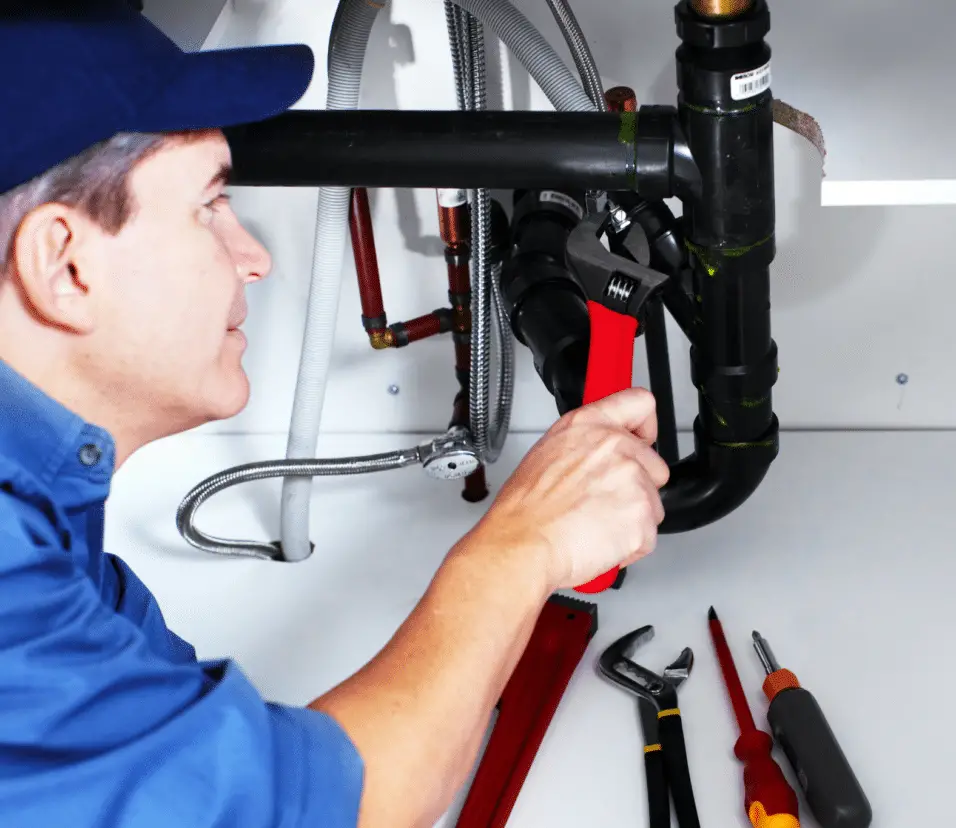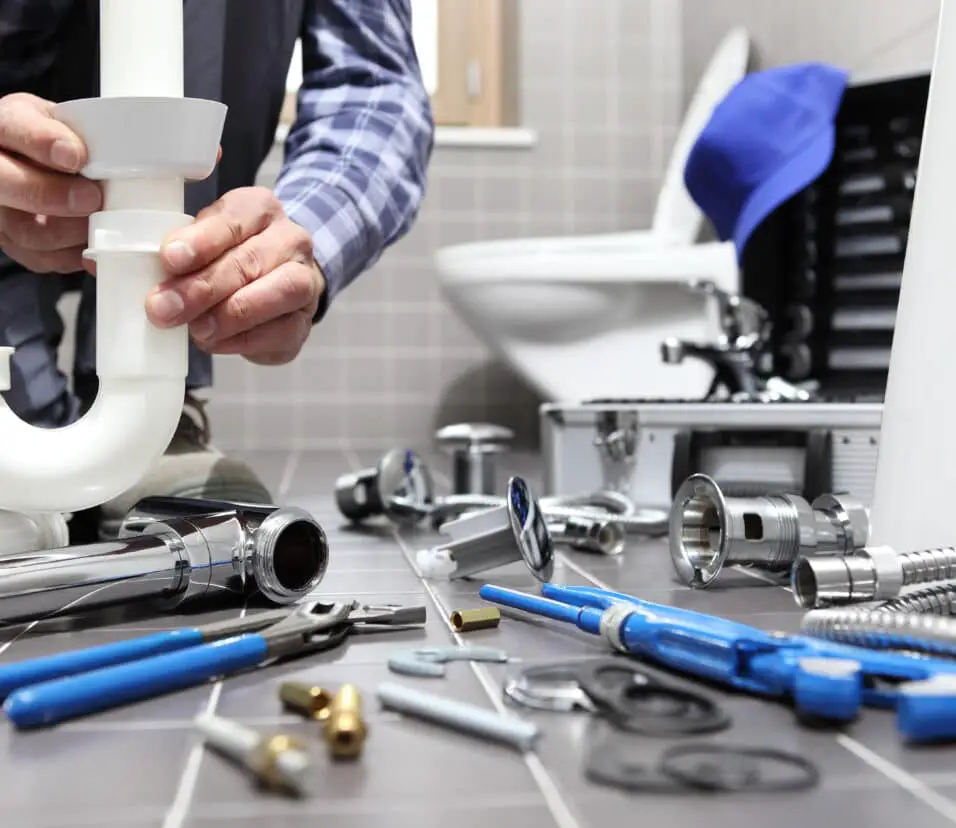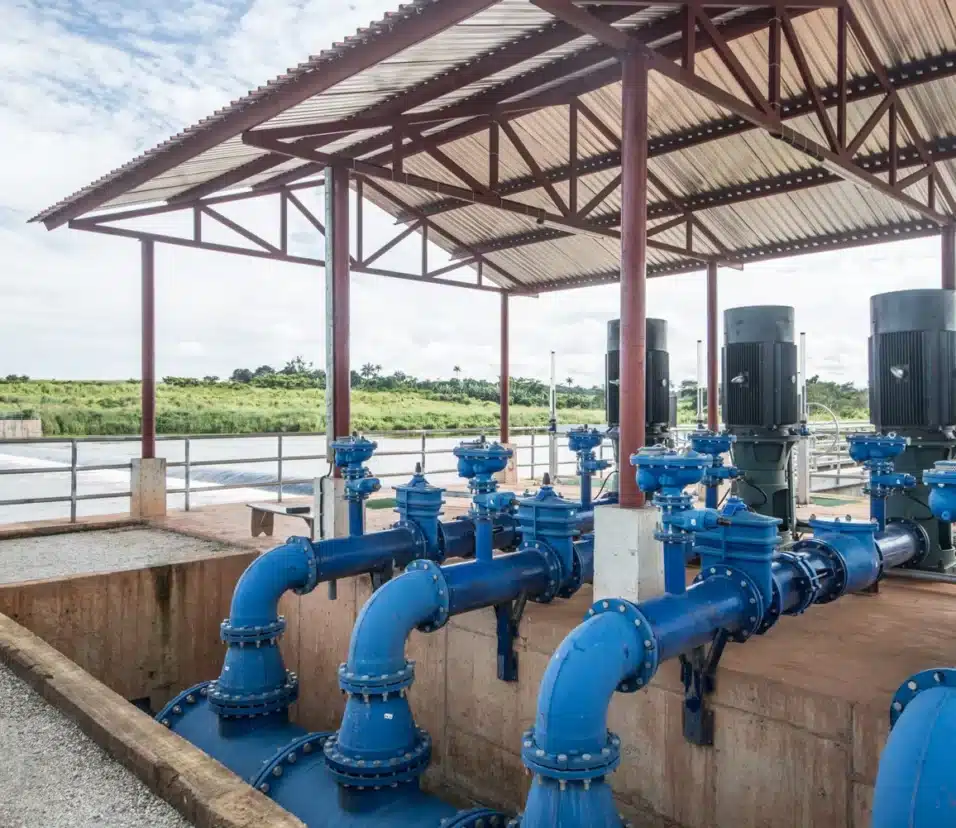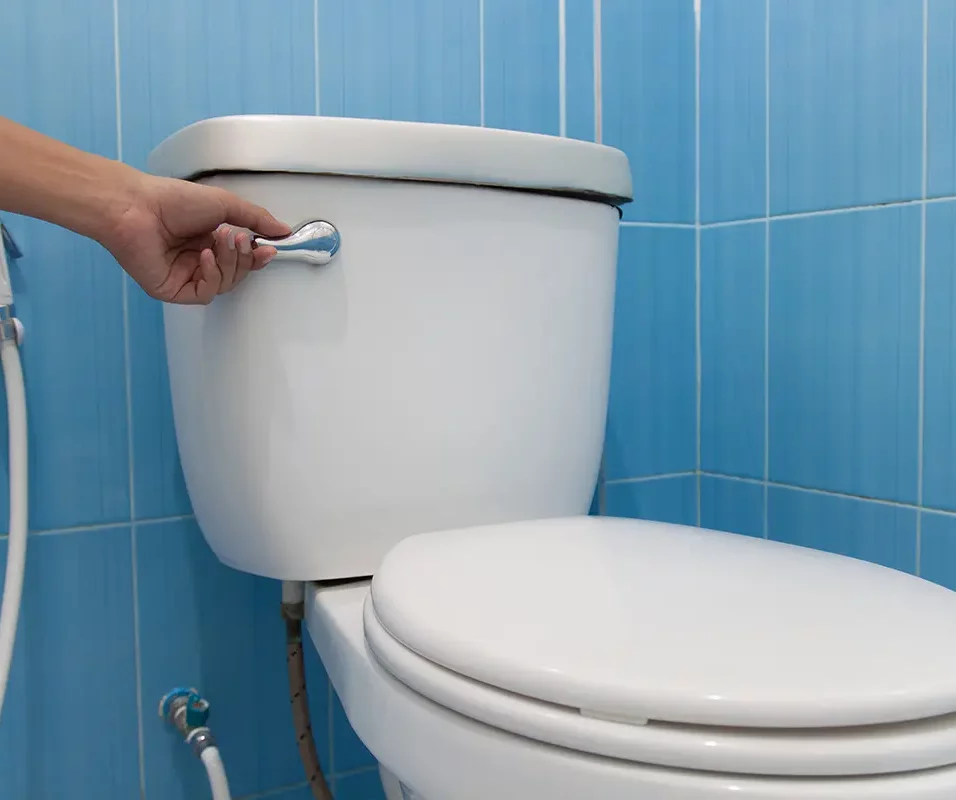How To Measure Water Supply Line Size
Introduction
Plumbing and water projects require knowledge on how to measure water supply line size. Water supply line size may be correctly determined to optimize water flow and performance. This tutorial includes three paraphrased introductions to water supply line size measurement methods.
If you’ve ever wondered how to determine the size of a water hammer accurately, you’re not alone. This fundamental aspect of plumbing and construction plays a crucial role in ensuring smooth water distribution within a system. To shed light on this topic, we present three paraphrased introductions that offer valuable insights into the best practices for measuring water supply line size.
Water supply line size must be measured properly by plumbers and DIYers alike. Incorrectly sized water pipes diminish water pressure and waste resources. Three paraphrased introductions discuss ways to precisely measure water supply line diameters for optimal system operation.
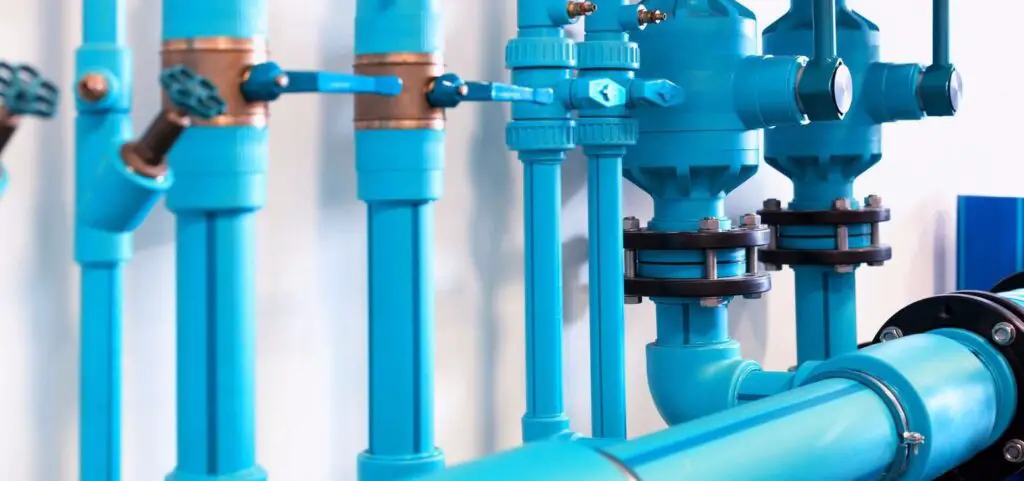
How do you measure water line size?
The String Method
Get rid of any covering that is on the pipe. Make a cloth tape measure or a piece of string about 6″ long. Wrap the string around the pipe once and measure to the closest 1/8 of an inch… Use the chart below to find the right pipe or tube size after you know the length.
A basic job in plumbing and water-related projects is measuring the size of the water line to make sure the system works well and efficiently. To get a correct reading of the water line’s diameter, the process has several steps.
Shut off the Water
Before measuring, it’s crucial to turn off the water supply to prevent any accidental leaks or flooding during the process.
Locate the Water Line
Identify the water line you wish to measure. This might be an exposed section or a pipe inside the walls or floors.
Use a Tape Measure
For smaller pipes, use a tape measure to determine the outside diameter. Measure from one outer edge to the opposite outer edge across the center of the pipe.
Use a Caliper
For more precise measurements, especially with smaller pipes, a caliper can be used to measure the outside diameter directly.
Calculate the Inside Diameter
If the pipe’s thickness is known, subtract it from the outside diameter to calculate the inside diameter, which is equally important for determining water flow capacity.
Consult Pipe Markings
In some cases, the size of the water line may be marked on the pipe itself. Look for any imprinted numbers or letters that indicate its dimensions.
Seek Professional Assistance
If you’re unsure or working with larger systems, a qualified plumber can correctly assess water line size using specialized gear and techniques.
Follow these instructions or hire an expert to measure your water line accurately, allowing you to make informed decisions during installation, maintenance, or system upgrades.
What size is my water supply line?
Generally speaking, the main pipeline from the street to your home is either ¾ or 1 inch in diameter. Supply pipes are ¾ inch in diameter and individual components are ½ inch in diameter.
Determining the size of your water supply line is crucial for various reasons, including ensuring adequate water pressure and optimal system performance. To find out the size of your water supply line, you can follow a few simple steps.
Locate the Main Water Supply
Start by locating the main water supply line coming into your property. This is usually found near your water meter or where the water service enters your home.
Check the Pipe Markings
A lot of water supply lines have labels or marks that show what size they are. On the surface of the pipe, look for numbers or letters that are written there. These are often followed by abbreviations like “D” for diameter or “ID” for inner diameter. The size of the pipe should be clear from these marks.
Measure the Diameter
If you cannot find any markings, you can measure the pipe’s diameter directly. Use a tape measure or caliper to determine the distance across the widest part of the pipe. Common residential water supply lines are typically 1/2 inch, 3/4 inch, or 1 inch in diameter.
Seek Professional Help
If the pipe is buried or you’re unsure of its size, ask a plumber or water utility technician. They have the skills and equipment to precisely size your water supply line and advise you.
Finding the size of your water supply line helps you make informed plumbing repairs, upgrades, and installations. Well-sized water supply lines ensure a stable and efficient water distribution system that supplies your household with enough water.
What size is domestic water supply pipe?
This will depend on the kind of building you want to do and how much water you need. One of the common 25mm or 32mm connections will work for most homes.
The size of the domestic water supply pipe relies on how much water the building uses, the plumbing rules in the area, and the number of fixtures. In homes, the main feed lines are usually ¾ inch or 1 inch in diameter. Most single-family homes, apartments, and small companies are this size.
The size of the water supply pipe may be increased to 1 ¼ inches or even 1 ½ inches to meet the higher water needs of bigger properties or buildings, like those with more than one floor or businesses.
When picking a domestic water supply pipe size, you need to think about how much water you will use and how much pressure there will be. To follow the rules and get the most out of your system, you should hire a plumber or look at your area’s plumbing codes.
What is a common water supply line?
Modern kitchens and bathrooms need larger water supply pipes than these lead ones.
Any plumbing system needs a common water supply line to deliver clean, drinkable water to fixtures and appliances. It transports water from the municipal supply or private well to taps, showers, toilets, washing machines, and other water-dependent equipment.
The common water supply line supplies water for daily requirements and is usually made of copper, PEX, or CPVC. These corrosion- and degradation-resistant materials maintain supply system integrity.
Common water supply line size depends on building water usage and local plumbing requirements. Residential supply lines are usually 1/2-inch or 3/4-inch, but commercial and industrial lines may need bigger diameters to carry more water.
What is the best pipe for home water supply?
Copper Pipes
Copper pipes are corrosion-resistant and excellent for water purity, therefore plumbers and homeowners choose them. The Copper pipes can withstand high water pressure and extreme temperatures.
The ideal residential water supply pipe depends on budget, water quality, and consumption. Residential water supply systems often use copper, PEX, PVC, and CPVC pipes.
Pipes have been used for decades due to its longevity, corrosion resistance, and high pressure resistance.
PEX pipes are increasingly gaining popularity due to their flexibility, ease of installation, and resistance to freezing. They are a cost-effective option, and their flexibility allows for fewer joints, reducing the risk of leaks.
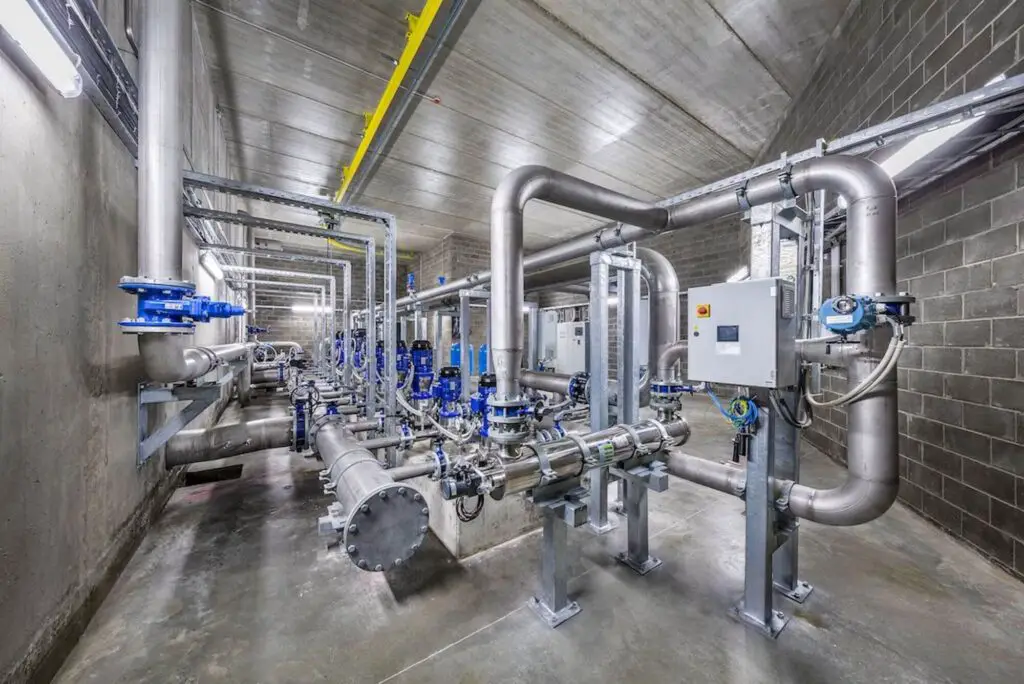
How do I know my PVC pipe size?
The Outside Diameter of the pipe is not the PVC Pipe Size.
A PVC pipe size is based on its inside diameter, which is also known as its bore. It is not based on its outside width. If you measure the outside width, you will get a number that is bigger than the PVC Pipe Size.
There are several ways to find out what size PVC pipe you have, which is important for many plumbing and do-it-yourself jobs. Checking the pipe’s writing is one method to tell. PVC pipe sizes are printed or embossed on their surfaces. This information normally shows both the diameter and the schedule. The diameter is important because it tells you how wide the pipe is inside, and the plan tells you how thick the pipe’s walls are.
You can use a measuring tape to get an exact reading on the pipe’s outside diameter if the markings aren’t clear or are missing. Measure across the middle from one edge to the other, across the middle. This will tell you the size.
You can also ask the pipe’s maker or supplier about its specifications using any information given to you when you bought it if you have access to that person. You can also learn a lot about standard PVC pipe sizes and uses by reading plumbing guides or using online tools.
What size are supply lines?
The most common size for supply lines is 3/8″, but there are also 1/2″ and 5/8″ sizes. The size of the supply line should match the size of the faucet body.
Knowing the size of your PVC pipe is essential for various plumbing and DIY projects, and it can be determined through several methods. One of the easiest ways is to check the markings on the pipe itself. PVC pipes usually have printed or embossed size information on their surface, which typically indicates both the diameter and schedule. The diameter is crucial as it determines the pipe’s inner width, and the schedule indicates the pipe’s wall thickness.
If the markings are unclear or absent, you can use a measuring tape to determine the outer diameter of the pipe accurately. Measure from one outer edge to the opposite side, across the center, and use this measurement to identify the size. However, it’s essential to note that PVC pipes come in nominal sizes, which might not exactly match the measured diameter.
Alternatively, if you have access to the pipe’s manufacturer or supplier, you can inquire about the pipe’s specifications using any relevant information provided at the time of purchase. Additionally, consulting plumbing guides or online resources can offer valuable insights into standard PVC pipe sizes and applications.
What size is residential PVC water pipe?
The most common sizes you’d use around your home would be 1.5-, 2-, 3- and 4-inch. The 1.5-inch size is used to capture water that might flow out of a kitchen sink, a bathroom vanity or a tub.
Residential PVC water pipes come in various sizes, with the most common sizes used for water supply systems ranging from half an inch (1/2″) to two inches (2″). The choice of size depends on the specific application and the water flow requirements within a household.
For most residential properties, 1/2″ and 3/4″ PVC pipes are commonly used for indoor plumbing fixtures such as faucets, sinks, and toilets. These smaller pipes are suitable for individual water fixtures and appliances and are often utilized in bathrooms, kitchens, and laundry rooms.
On the other hand, larger PVC pipes, such as 1″, 1.5″, and 2″, are typically used for main water supply lines that distribute water throughout the entire residence. These pipes provide sufficient water flow for various purposes, including bathing, cooking, and irrigation.
It is essential to choose the appropriate size of PVC water pipe based on the anticipated water demand and pressure requirements of the household. Properly sized pipes ensure efficient water distribution, reduce pressure loss, and prevent potential issues like low water flow or inadequate water supply.
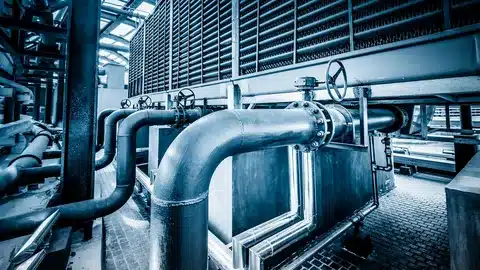
Conclusion
Mastering the art of measuring water supply line size is crucial for ensuring the efficiency and functionality of any plumbing or water distribution system. By applying the techniques discussed in this guide, you can confidently determine the appropriate dimensions and make informed decisions during installation or maintenance. Remember, precise measurements lead to optimized water flow and a well-functioning system overall.
As we wrap up this comprehensive guide on how to measure pipe water supply line size, it becomes evident that this seemingly simple task holds significant importance in plumbing projects. Accurate measurements are the foundation of a reliable water distribution system. Armed with the knowledge provided here, you can now confidently tackle any project, knowing you have the skills to gauge the appropriate dimensions and ensure the smooth flow of water through the lines.
To conclude, understanding how to measure water supply line size is a skill that empowers both professionals and DIY enthusiasts alike. We’ve explored various methods and considerations to help you make precise measurements and avoid potential pitfalls. By applying the insights gained from this guide, you can enhance the performance and longevity of your water supply system, providing peace of mind and efficiency for years to come.



